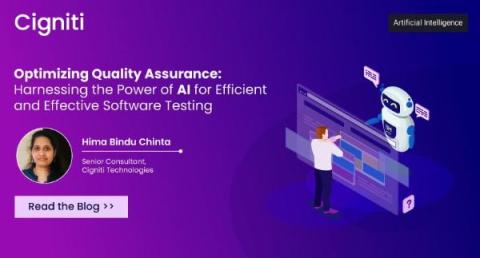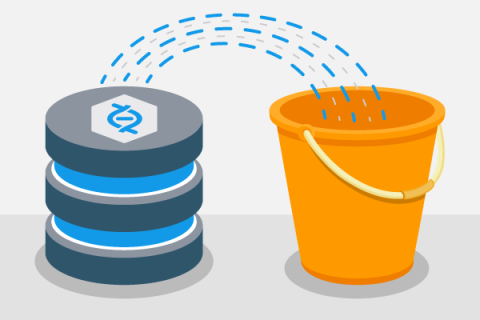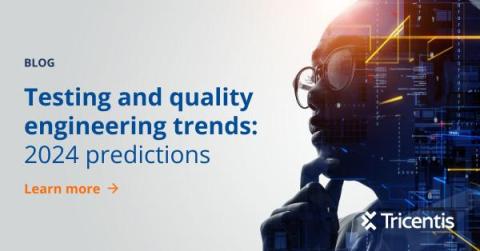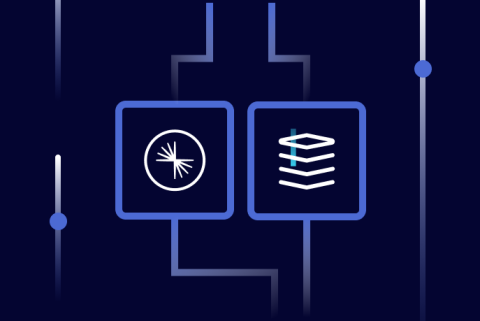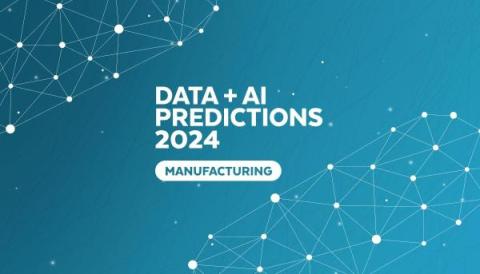Optimizing Quality Assurance: Harnessing the Power of AI for Efficient and Effective Software Testing
In the present digital period, Artificial Intelligence (AI) is impacting the future of various aspects of Quality Assurance (QA). This evolution has resulted in strategies for ensuring quality is effectively integrated into development processes.


